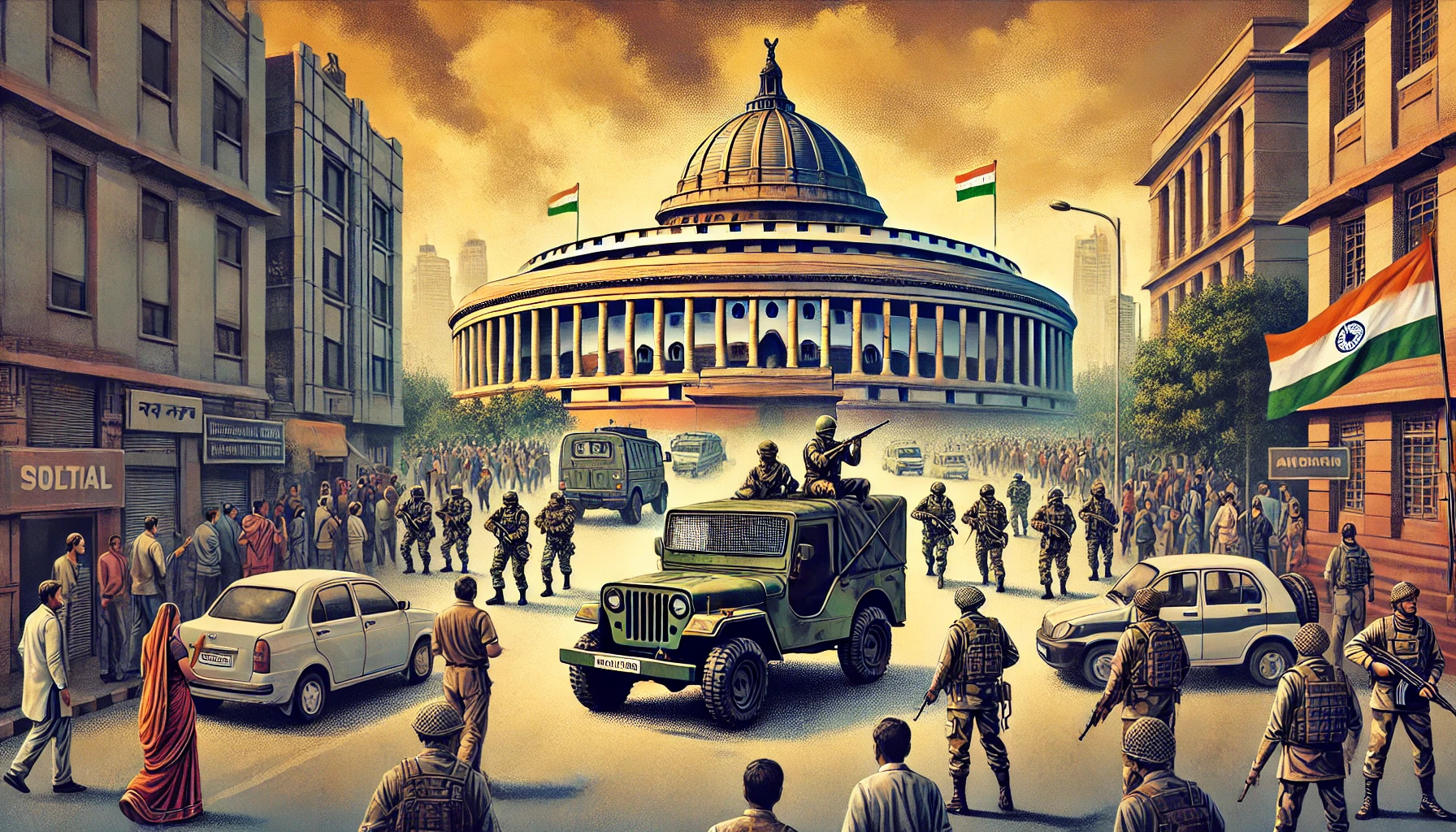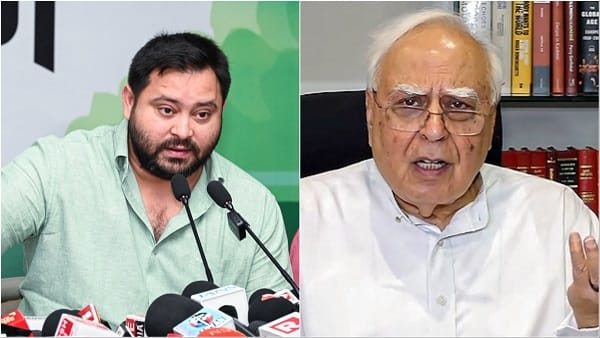
President Yoon Suk Yeol Over Alleged Martial Law: Can Such a Law Be Imposed in India?
*Martial Law in South Korea and Its Aftermath: A Comparative Perspective with India**
Martial law declared by President Yoon Suk Yeol in December 2024 created a moment of great turmoil for South Korean politics, its first in nearly half a century. This decision, though only short-lived, lasting about six hours, sent the nation into political turmoil and raised questions on the limits of executive power and the role of military intervention in governance. The incident not only has profound implications for South Korea but also invites a comparative analysis with other democracies, such as India, regarding the imposition of martial law.
**The South Korean Context**
For any queries or to publish an article or post or advertisement on our platform, do call at +91 6377460764 or email us at contact@legalmaestros.com.
However, on December 3, 2024, President Yoon Suk Yeol declared martial law based on the necessity to “liquidate anti-state forces.” This was due to escalating tensions between the president and the opposition-dominated National Assembly that had been thwarting some of his agenda. Military and armed police units encircled parliament, and helicopters began to patrol the area as demonstrators began to assemble outside. Martial law was swiftly withdrawn following the National Assembly’s rejection of it, forcing its official rescinding sometime close to 4:30 AM at a Cabinet meeting. The Democratic Party, the opposition party, insisted Yoon resign immediately or face impeachment proceedings over the declaration of martial law, arguing this was a glaring constitutional infringement. ([The Week](https://www.theweek.in/news/world/2024/12/04/resign-or-face-impeachment-south-korea-president-yoon-suk-yeol-faces-heat-over-martial-law-decree.html?utm_source=chatgpt.com))
Subsequently, South Korean prosecutors indicted President Yoon on charges of rebellion related to his brief imposition of martial law. If convicted, he faces severe penalties, including life imprisonment or the death penalty. The incident evoked memories of South Korea’s past dictatorial regimes and sparked intense national division, with rival protests frequently occurring. The Constitutional Court is deliberating on whether to formally remove or reinstate Yoon. ([Politico](https://www.politico.com/news/2025/01/26/impeached-south-korean-president-indicted-00200623?utm_source=chatgpt.com))
**Martial Law: Definition and Global Perspectives**
Martial law is defined as the provisional substitution of military authority for the civil rule during times of war, rebellion, or natural calamity when civilian authorities are deemed incapable of preserving public order and safety. During martial law, military commanders wield broad powers; these include suspending civil liberties, imposing curfews, and detaining individuals without cause.
The institution of martial law has always been a topic of debate all over the world. Although the intention is to use it as a last resort to maintain law and order, its application in practice has seen gross violations of human rights and the suppression of political dissent. The delicate challenge remains to maintain national security on one hand while upholding democratic freedoms on the other.
**Martial Law in India: Legal Framework and Historical Context**
Martial law is not defined in the Indian Constitution. But provisions exist whereby the declaration of a state of emergency can be made under specific circumstances. Article 352 of the Indian Constitution empowers the President to declare a national emergency in case of war, external aggression, or armed rebellion. In such an emergency, the central government is granted sweeping powers, including the authority to override state governments and suspend certain fundamental rights.
In India’s history, there have been periods where emergency powers were invoked. The most notable instance occurred between 1975 and 1977, known simply as “The Emergency.” During this time, then-Prime Minister Indira Gandhi declared a state of emergency, citing internal disturbances. This phase was heavily characterized by severe civil liberties curb, press censorship, and mass arrests of political opponents. Even though the situation has not been described as martial law, the events that occurred during The Emergency were almost akin to conditions of martial law, where the executive utterly had a stranglehold over the instruments of the state.
**Comparative Analysis: South Korea and India**
The events involving South Korea under President Yoon Suk Yeol and India’s historical experience with the Emergency hold valuable lessons for the exercise of extraordinary powers by the executive. In both cases, the central leadership instituted exceptional measures allegedly as a response to threats to national stability.
In South Korea, swift imposition and its later revocation showed the ability of democratic institutions to withstand and contain the attempt to impose martial law, the National Assembly particularly checking the authority of the President. The judicial consequences that have fallen on the head of state prove the political system’s intrinsic accountability mechanisms in South Korea.
In contrast, India’s experience under The Emergency showed the vulnerability of democratic safeguards. The concentration of power in the executive with suspension of civil liberties led to rampant abuses and serious erosion of democratic norms. Legal and constitutional reforms followed in the aftermath of The Emergency to prevent the recurrence of such authoritarian measures.
**Legal and Constitutional Safeguards
Both South Korea and India have legal frameworks that delineate the conditions under which extraordinary measures can be invoked. These frameworks are designed to balance the need for national security with the protection of individual rights.
Declaration of martial law in South Korea is made under the constitution and other related statutes, that detail the instances and procedural requisites for declaration. The immediate judicial and legislative reactions to the actions of President Yoon manifest the efficacy of these safeguards to uphold democratic values.
The constitutional provisions to declare emergency have always come with checks and balances – Parliament’s approval is mandatory and then review in Parliament from time to time. After The Emergency experience, this house of the legislative organ is less prone to hasty declarations in this direction so as to remind that Constitution always supersedes any governmental practice and that is rule of law.
**Public Response and Civil Society
In South Korea, people’s immediate mass protest and broad sectoral protest followed the president’s declaration of martial law; thus, the activist citizenship and NGOs engaged in bringing the government before a reversal over the decree signed and held to task the execution branch accountable.
In India, the reaction to The Emergency was less vocal, mainly because of stringent censorship and dissent suppression. The elections that followed saw the electorate give a clear verdict against the ruling party; this was, in fact, a delayed but important assertion of democratic will.







